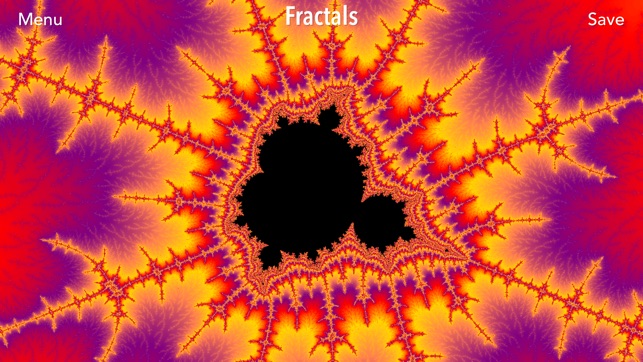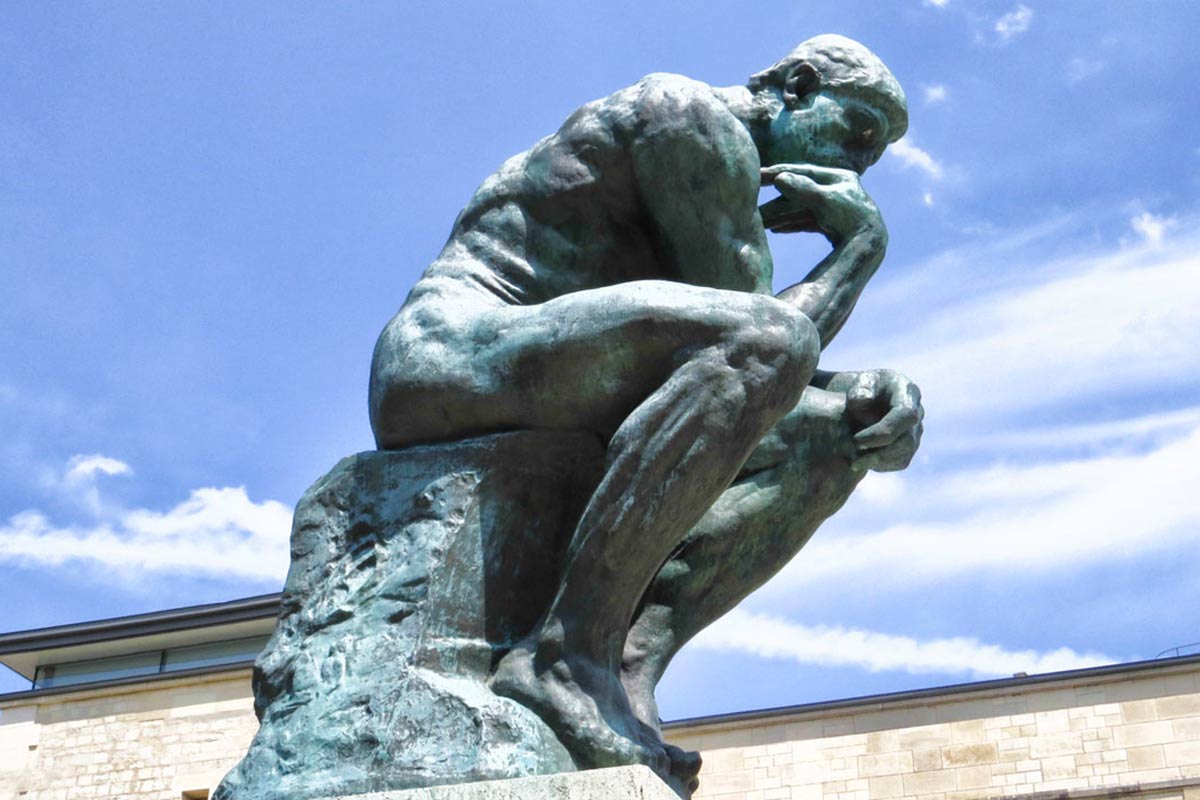The man loves art. He fills space and time with art. He can create art in any dimension.
Painting, photographs are two-dimensional art.
Sculpture, architecture are 3-dimensional art forms.
If we add 'time' (fourth dimension) to these spatial dimensions, what it will yield?
If we add 'time' to one dimension, we get 'music'.
If we add time to photo (2-dimensional), we get a movie.
Fractional dimensions also exist
A straight line occupies one dimension. A photo fills two dimensions. Suppose, you create an intricate pattern on a sheet of paper with a pencil, its dimension is between 1 and 2. A fractional dimension.
A solid stone pillar occupies three dimensions. Suppose you carve out some figurines in the pillar, its dimension goes below two.
Adding time (motion) to cartoons (fractional dimension) gives animation.
A white moon on a black sheet looks great. A sprinkle of rose flowers in a green field looks beautiful. A white chalk writing on a blackboard yields information. Hence fractional dimensional art has great scope and beauty.
BEYOND DIMENSIONS
1. Mathematical fractals are itself an art -form.
 |
| CREATED BY MATH. |
2. Fourier theory says that any curve, any repeated pattern can be represented as " a combination of sine waveforms".
3. Suppose you scan a painting. The picture is divided into numbers of lines. Each line further divided into no.of points. Colour info. and intensity info. of each point is converted into numbers.
A thing of beauty and math is a joy forever.
---------------------------------------------------------------------------------

